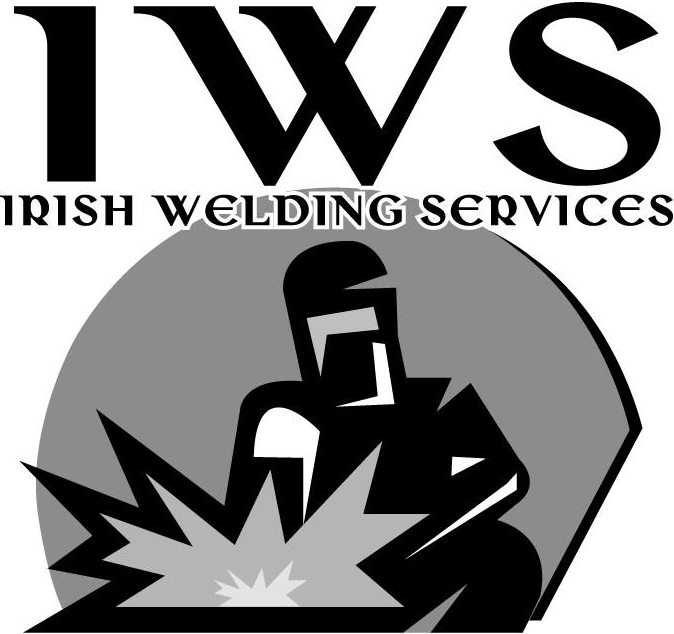Unlocking the Secret Sorts Of Welding Providers for Your Tasks
In today's landscape of varied welding solutions, recognizing the nuances and applications of different welding methods is vital for effective job execution - Welding Inspection Service. By deciphering the vital types of welding solutions readily available, one can browse the ins and outs of choosing the most suitable method to guarantee precision, efficiency, and high quality in welding projects.
Typical Welding Methods
Several typically made use of welding techniques play vital duties in different commercial markets. One of the most widely utilized techniques is Gas Steel Arc Welding (GMAW), also understood as MIG welding.
Another popular welding technique is Gas Tungsten Arc Welding (GTAW), commonly described as TIG welding. TIG welding uses a non-consumable tungsten electrode to create the weld and needs a separate filler material. This method is preferred for its control, accuracy, and capacity to produce premium welds on slim materials.
Protected Metal Arc Welding (SMAW), or stick welding, is an additional essential method where a flux-coated electrode is used to develop the weld. SMAW is known for its simpleness, convenience, and suitability for on-site and outdoor welding applications. These typical welding methods are essential for making structures, equipment, and different tools across industries.
Advanced Welding Procedures
Advanced welding processes include cutting-edge strategies that press the limits of typical welding techniques in terms of accuracy, versatility, and efficiency. One such procedure is laser beam of light welding, which makes use of a concentrated beam to join metals with minimal heat-affected zones, making it suitable for fragile or high-precision tasks. Additionally, electron light beam welding utilizes a high-velocity electron beam of light to produce deep welds in thick products, offering phenomenal stamina and high quality.
Moreover, rubbing mix welding is a solid-state signing up with procedure that utilizes a turning device to create frictional heat, bonding materials without thawing them. This technique is specifically useful for signing up with light-weight alloys with remarkable mechanical residential properties. An additional cutting-edge technique is ultrasonic welding, where high-frequency ultrasonic resonances are made use of to develop solid-state welds in plastics, steels, and other materials, supplying fast and tidy joining solutions.
These advanced welding processes accommodate a varied variety of industrial demands, giving effective, high-quality, and specific options for different tasks, from aerospace elements to automotive parts and past.
Specialized Welding Applications

Automated Welding Solutions
In modern-day commercial settings, the application of automated welding services has actually revolutionized production processes by improving performance and accuracy. Automated welding systems make use of innovative innovations such as robotics, computer mathematical control (CNC), and expert system to do welding tasks with very little human treatment (Welding Inspection Service). These systems supply various advantages, consisting of increased efficiency, enhanced weld top quality, and decreased production prices
One key benefit of automated welding services is their capability to constantly generate premium welds, bring about boosted overall item quality. In addition, these systems can operate continually, 24/7, without the demand for breaks, causing higher output levels and faster job completion times. By utilizing automated welding solutions, business can likewise alleviate the threats related to human error, ensuring better accuracy and repeatability in the welding procedure.
Moreover, automated welding options are adaptable and extremely flexible to numerous welding applications, from intricate components to large frameworks. Whether in automobile manufacturing, aerospace markets, or construction jobs, the combination of automated welding systems offers a competitive edge by streamlining operations and delivering remarkable welding outcomes.
Innovative Welding Technologies
The advancement of automated welding remedies has led the way for the combination and development of cutting-edge welding innovations in modern-day commercial applications. One such sophisticated innovation is laser beam welding, which makes use of a highly concentrated beam of light of light to join metal components with accuracy and effectiveness. This method is why not try these out particularly advantageous for jobs calling for complex welds on materials with high melting factors or for applications where marginal heat-affected zones are critical.
An additional ingenious welding technology obtaining appeal is friction mix welding (FSW), a solid-state joining process that creates high-strength bonds by creating frictional warm in between 2 items of steel. FSW is extensively utilized in markets such as aerospace and vehicle for its ability to create welds with superior mechanical residential properties and enhanced architectural honesty.
In addition, electron beam of light welding (EBW) is an innovative method that makes use of a beam of light of high-velocity electrons to create exact, deep welds in metal elements. This technology is preferred for its capacity to weld dissimilar metals and products with differing densities effectively. As industries remain to require greater top quality and performance in welding processes, these ingenious modern technologies are positioned to play a significant function in shaping the future of commercial welding applications.

Verdict
Finally, understanding the crucial kinds of welding solutions is important for successfully completing a range of jobs. From common welding techniques to advanced processes, specialized applications, automated services, and innovative innovations, each method supplies unique benefits and applications. By acquainting yourself with these different welding choices, you can choose one of the most ideal method for your specific task requirements and accomplish premium results.
In today's landscape of diverse welding services, comprehending the nuances and applications of numerous welding strategies is extremely important for effective project execution. By untangling the key kinds of welding solutions available, one can navigate the complexities of choosing the most ideal technique Website to ensure accuracy, efficiency, and high quality in welding tasks. As we begin on this exploration of welding solutions, a deeper insight into the globe of welding awaits, promising insights that can boost the results of your tasks.
